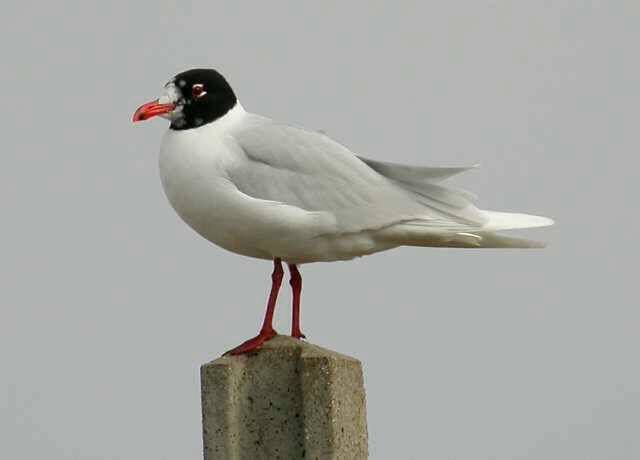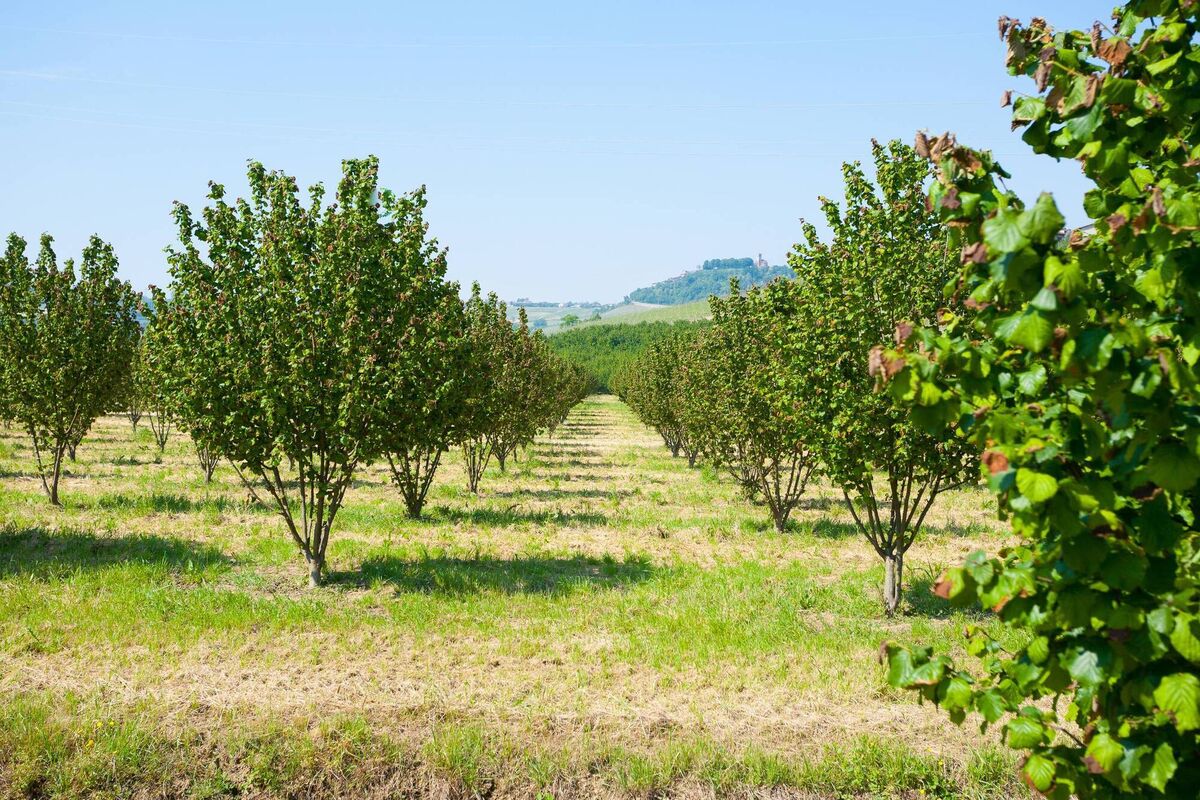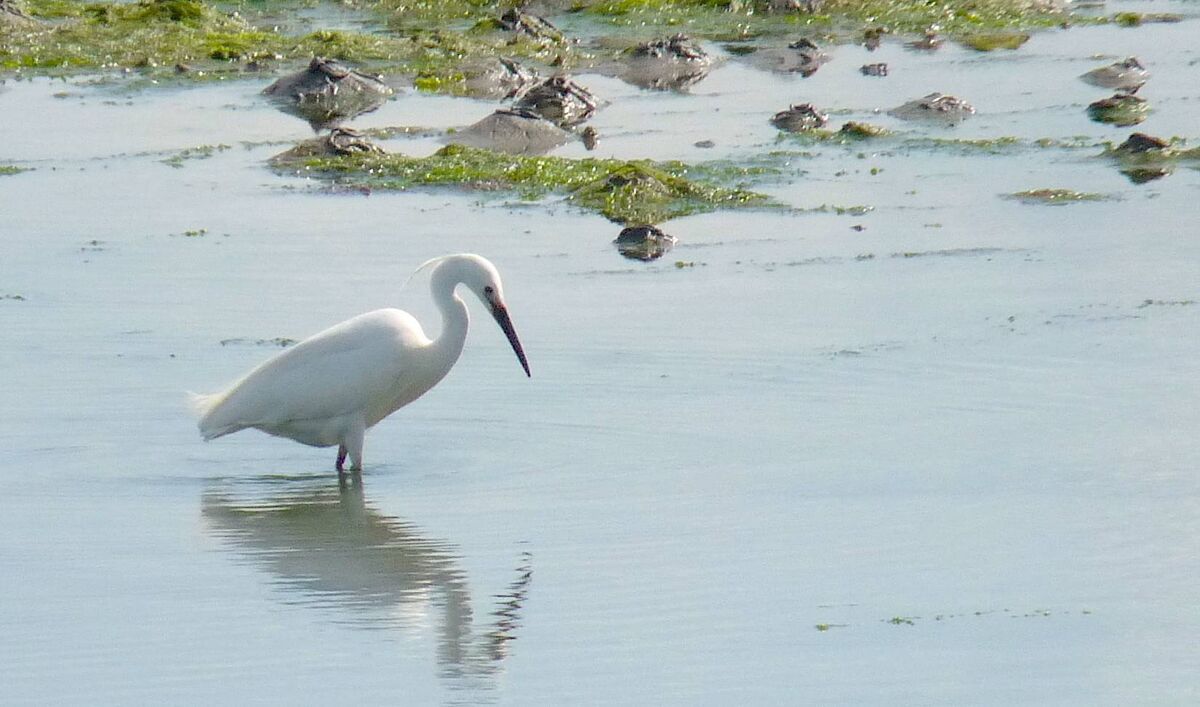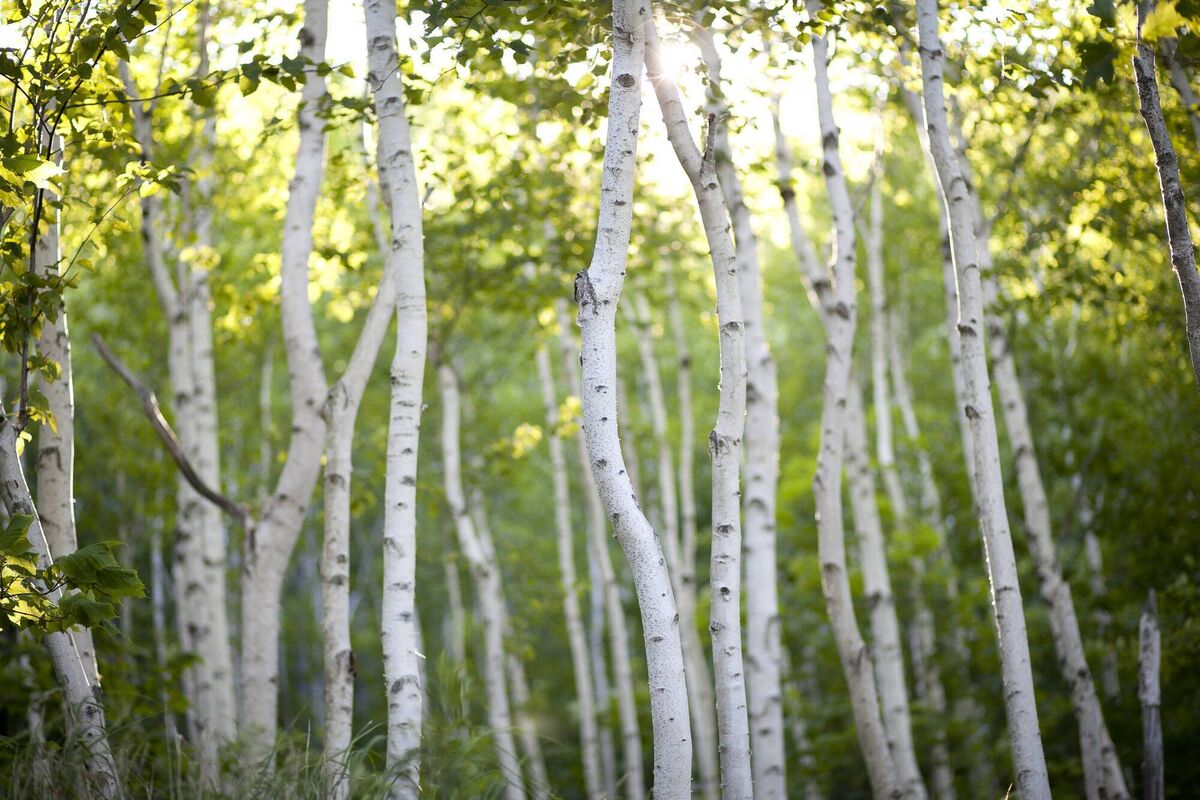Joyce Fegan: Biodiversity provides evidence of climate change at home

Bewick's swans: This winter there were 'just five or six' of these birds recorded in Ireland. In the 19th century, tens of thousands of them would have wintered here.
A perennial question: When is the official start of spring? In school, we were often told it was February 1 but Met Éireann says it's officially March 1 — and that's meteorologically speaking. There is also the astronomical date, based on the alignment of the sun and the earth, making the start of spring March 22 this year.
There is also phenological spring, which looks at the growth of plants, flowers, and trees. It is this measure that's showing spring is happening as much as a whole month earlier in Ireland when you compare records from 40-60 years ago. Scientists are linking this jump to climate change as it is temperatures that dictate when leaves unfold and flowers bloom.
Spring is happening an entire month earlier for some of our trees and birds that would ordinarily migrate to and from Ireland are also changing their behaviours.
We have just had the mildest winter on record in some parts of the country, according to Met Éireann, and there were also recordings of swallows not leaving Ireland in the autumn due to our recent warm winter.
Acute weather events such as our storms and flooding often bring talk of climate change. However, scientists emphasise the need for data recorded over a long period to track trends, not incidents, when it comes to linking things such as extreme winds to climate change.
However, one place where Ireland has decades of consistent annual records is in plant phenology — the study of tree, flower, or shrub growth cycles through the seasons. It is here, seeing what is flowering or "leafing out" and when, that Ireland can clearly see direct evidence of climate change.

Ireland has been part of the German-led International Phenological Gardens (IPG) network since the late 1960s, where tree saplings were sent to countries all over Europe to see how they would grow. Saplings were sewn in the National Botanic Gardens in Dublin, Valentia Observatory in Kerry, and JFK Arboretum and Johnstown Castle, both in Co Wexford.
Each of those gardens then had to track the seasonal changes in those trees every year — recording when leaves fall in autumn, when they unfold in spring, and when the first flowers and fruit appear.
University of Wisconsin-Milwaukee associate professor in geography Alison Donnelly and her team carried out research using data from the IPG's sites across Ireland. It revealed that many of the tree species are leafing out earlier now than when monitoring began in the 1960s.
In 2021, the CSO also gathered this data, as well as records from two other gardens in Ireland, Enniscoe House in Mayo and Glenveagh National Park in Donegal. It also found that leaf unfolding in trees was happening earlier.
National Botanic Gardens curator Darach Lupton told the that there was evidence of other trees, outside of the EU research, that were coming into spring one month earlier in the Dublin garden he manages.
Furthermore, it is not just plants whose season cycles you can track in the world of phenology, says Prof Donnelly, but birds and insects too.
According to Niall Hatch of BirdWatch Ireland, swallows aside, there are more significant changes happening in four different bird species that have always migrated here.
Hazel tree: Once known as our "tree of knowledge" this large shrub, or tree, has been flowering one whole month earlier in the National Botanic Gardens in Dublin.
"The hazels here in the garden have been in flower since January. It would fluctuate of course, but that's a month early," said Dr Lupton.
The tree that he observed in Dublin has been there for 40 years. He said the same pattern in hazel trees has been recorded in the south of Ireland, with reports of first flowerings occurring in January too.
Also, the hazel trees in the National Botanic Gardens "were hanging on to their leaves right up until the end of December", said Dr Lupton. That is a whole month later than the older records at the garden show. "It may have happened in the past but not in recent times," Dr Lupton said.
The hazel tree is not part of the EU-wide network, but a recent observation by Dr Lupton.

Birch tree: This white-barked tree is part of the EU project so its cycles in Ireland have been recorded since the late 1960s. Almost identically to the hazel tree, the birch's leaf is unfolding nearly one month earlier too.
Prof Donnelly has studied all of these records and found the birch is leafing out three weeks earlier. She said the birch came into leaf here on April 23 in the late 1960s and now it is "leafing out" on approximately March 30.
Paul McElvaney, from the CSO's climate and environment division, said the birch tree was of particular importance because it was the most consistently measured data we have for any tree species in Ireland.
Small-leaved lime: This hardy deciduous tree is a magnet for pollinators and was "leafing out" on April 30 in the late 1960s, according to Prof Donnelly. Now its leaves are appearing on April 17, almost two weeks earlier.
The part about pollinators is important because of the interlinking between plants, trees, flowers, insects, and birds, Prof Donnelly said.
Beech tree: This deciduous tree — which we use for everything from plywood to home flooring — was coming into leaf on April 30 when recordings began in the 1960s. Now it is coming into leaf on April 20, 10 days earlier.
Poplar Tree: This deciduous tree quickly grows to heights of 50-165ft, making it popular with homeowners seeking shade. The poplar is recorded as having leafed out here on April 28 in the late 1960s and now is recorded as coming into leaf on April 22.
While six days of a change might not seem significant, that is over decades and the timing of a tree's life cycle is a more significant indicator of climate change than when a daffodil or snowdrop flowers, said Dr Lupton. This is because trees are less sensitive to the normal in-built fluctuations of our climate and have a much slower metabolism, therefore changes are significant.
Bewick's swan: The changes in this swan's behaviour due to climate change is the "most notable", according to BirdWatch Ireland's Niall Hatch. This winter there were "just five or six" of these birds recorded in Ireland. In the 19th century, tens of thousands of them would have wintered here.
"They're a winter visitor to Ireland from Siberia. It was Ireland's most common wintering swan going back to 19th century," Mr Hatch said. "This winter there was only a handful, five or six of them, as opposed to the tens of thousands of them that came here."
They now spend winter in places such as Germany, the Netherlands, and Denmark.
"Going back to 1990s, you'd see huge flocks of these birds in Ireland and now we're seeing six — that's a very stark change," Mr Hatch said.
Little egret: This white-coloured member of heron family would not have been that common a sight in Ireland until the late 1990s, said Mr Hatch.
"Originally it would be a bird of southern Europe and Africa but they started breeding here in 1997," he told the "Now they breed quite widely and are found across the country."
Climate change means these birds have been moving "further and further north", hence their arrival in Ireland nowadays, not just southern Europe.

Mediterranean gull: Taking your lead from the name, this bird is not native to Ireland nor did it find it hospitable enough to breed here — until recently. It first arrived here in 1995 and bred in 1996 in Co Wexford, our sunny southeast. However, "it's now a bird that is quite common in Dún Laoghaire, where they wouldn't have been there at all before," Mr Hatch said.
Brent geese: This goose is coming back to Ireland earlier than it would have but this has less to do with our temperatures and more to do with where they're coming from.
"We're seeing birds migrating earlier than they used to back to Ireland, brent geese for example. Their migration patterns are different. They're able to breed earlier in arctic regions as it's not as cold there and they're returning to Ireland earlier," explained Mr Hatch.
Prof Donnelly and her team of researchers analysed the decades of data gathered from the four gardens in Ireland that took part in the IPG network.
Their findings show how many of the tree species are leafing out earlier now than when monitoring began in the 1960s.
"It indicates that the general trend for deciduous species is for earlier leafing. These earlier dates for leaf unfolding are driven, at least in part, by rising spring temperatures in Ireland," Prof Donnelly told the .
Leaf unfolding is used as a marker of spring starting in general, she said.
However, it is not just that our spring is starting earlier that is of significance, but the knock-on effect of this.
"Let's say leaves are coming out a week earlier, the insects come later and the birds come later, then the bird misses the peak in the abundance of the insects. Now that bird can only sustain two as opposed to three chicks in the nest and that bird species might be depleted," explained Prof Donnelly.
However, it is not just the effect on the bird, but also the tree — there would be more caterpillars feeding off it because the birds were late to arrive.
"It's finally balanced now and any change will have a large impact," she added.
Prof Donnelly analyses the data from the gardens, but it is Dr Lupton, as curator of the National Botanic Gardens, who goes out and collects it.
From his up-close-and-personal data gathering he has the same spring findings as Prof Donnelly.
"There is definitely a trend in these events [leaf unfolding] starting earlier," Dr Lupton said.
He explained that nature and temperatures will change year on year but spring is starting earlier everywhere in Europe — and it's not just seen in trees' behaviour.

"There are normal fluctuations year on year, but the long-term trend when you look at the data from everywhere, so western Europe, Ireland and the UK, is that events by and large, especially flowering, is happening earlier," said Dr Lupton.
Another trend he is observing is mild winters and early springs followed by later cold snaps, which is affecting everything from people's gardens to fruit production in a commercial orchard.
"One of the big issues you'd face in a garden or an orchard is you have a very warm early spring and then things are triggered into flowering earlier. Then you get a late frost and all flowers fall off, then you get no fruit," said Dr Lupton.
Dr Lupton also referred to data collected in the UK, which shows that flowering is happening a month earlier.
"In the UK, there is data for 400 flowering plants going back to the 1700s and, if you look at the flowering time over that huge time period, it is happening one month earlier now," he said.
Again, much like Prof Donnelly's point about the knock-on effect, Dr Lupton pointed to the impact this had on other parts of our eco system.
"If a plant flowers early and the pollinator is not around, then the flower isn't pollinated; the flower doesn't get its fruit set and the pollinator loses it food source," he said.
Data is gathered at:
- Valentia Island Observatory, Kerry;
- The National Botanic Gardens, Dublin;
- JFK Arboretum, Wexford;
- Johnstown Castle, Wexford;
- Enniscoe House, Mayo;
- Glenveagh National Park, Donegal.
Data is taken from:
- Downy birch;
- Alpine currant;
- Small-leaved lime;
- Wild cherry;
- European larch;
- European beech.
CLIMATE & SUSTAINABILITY HUB
















